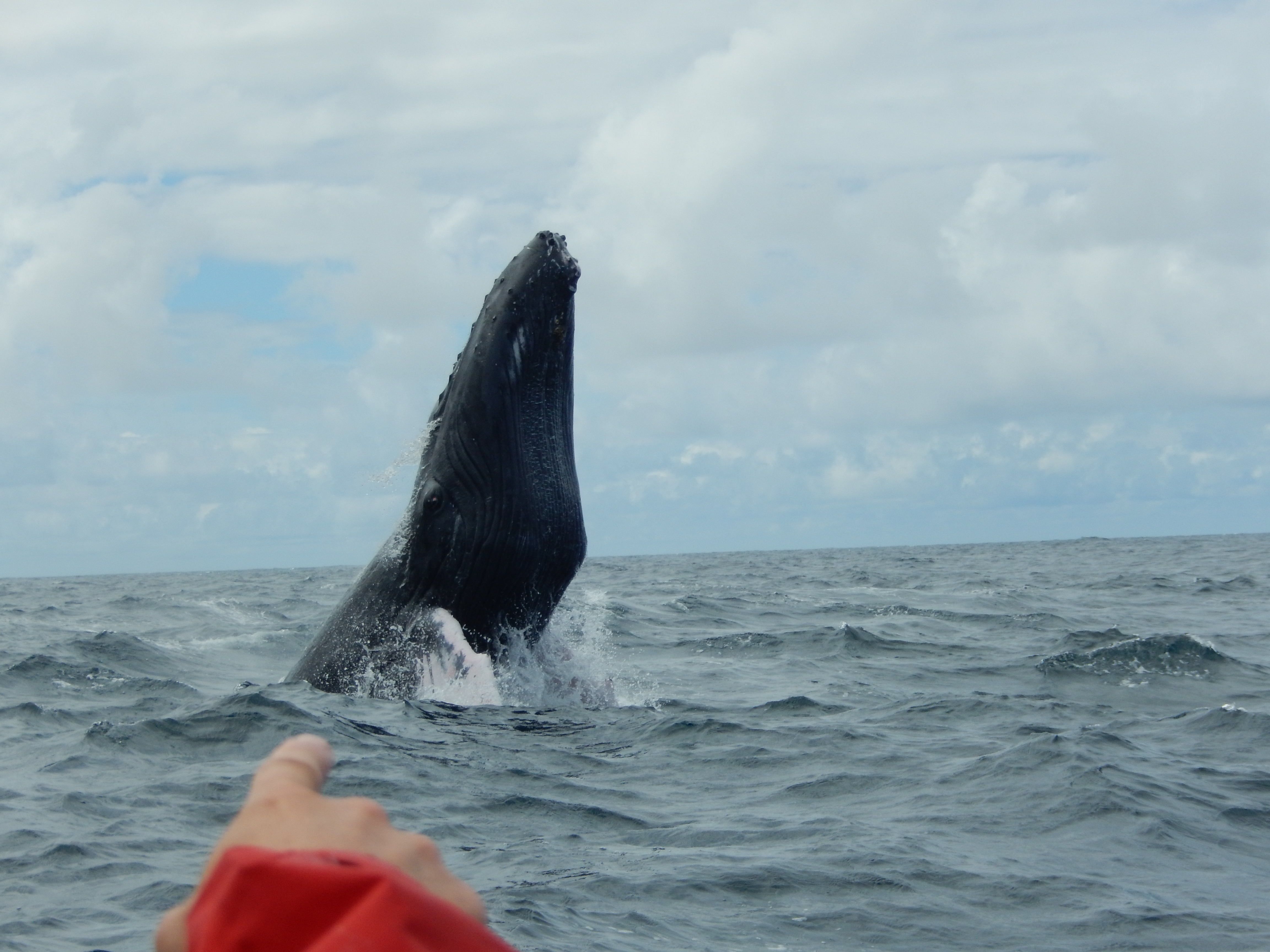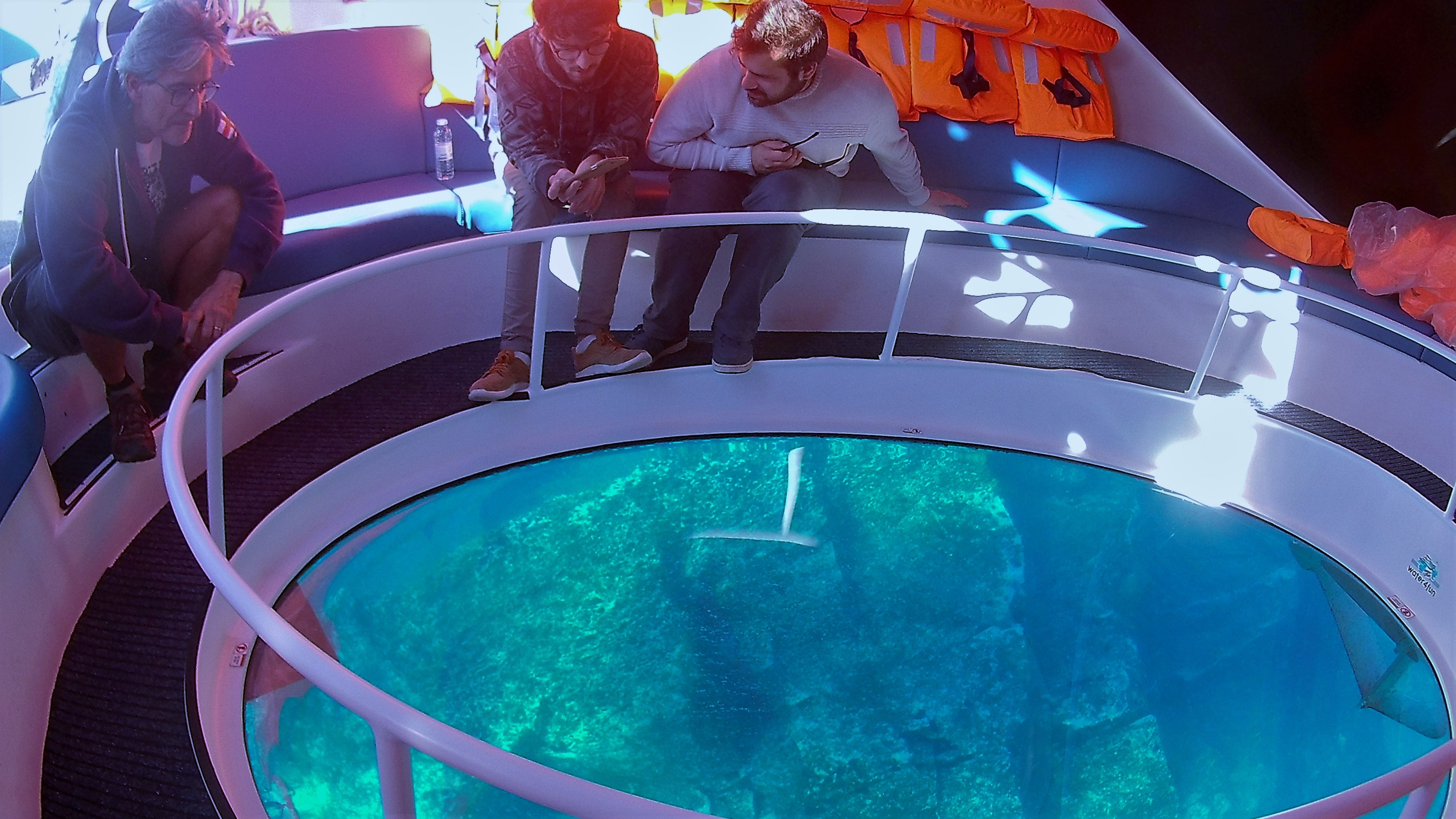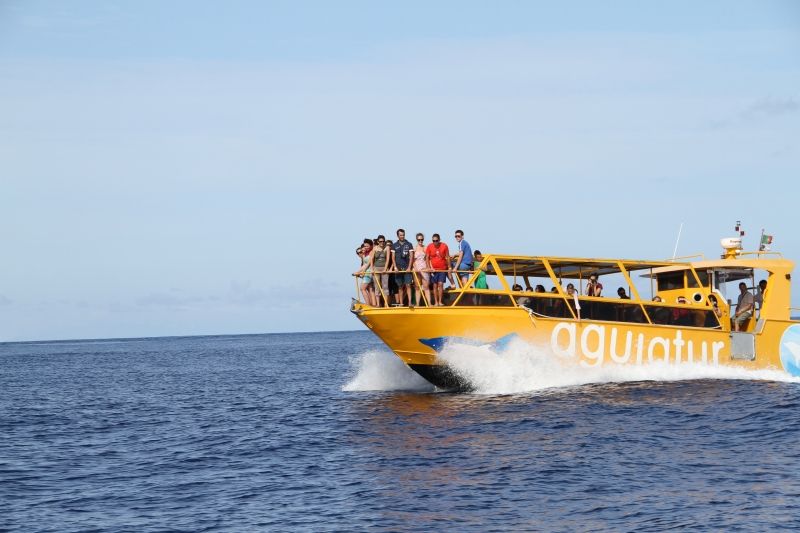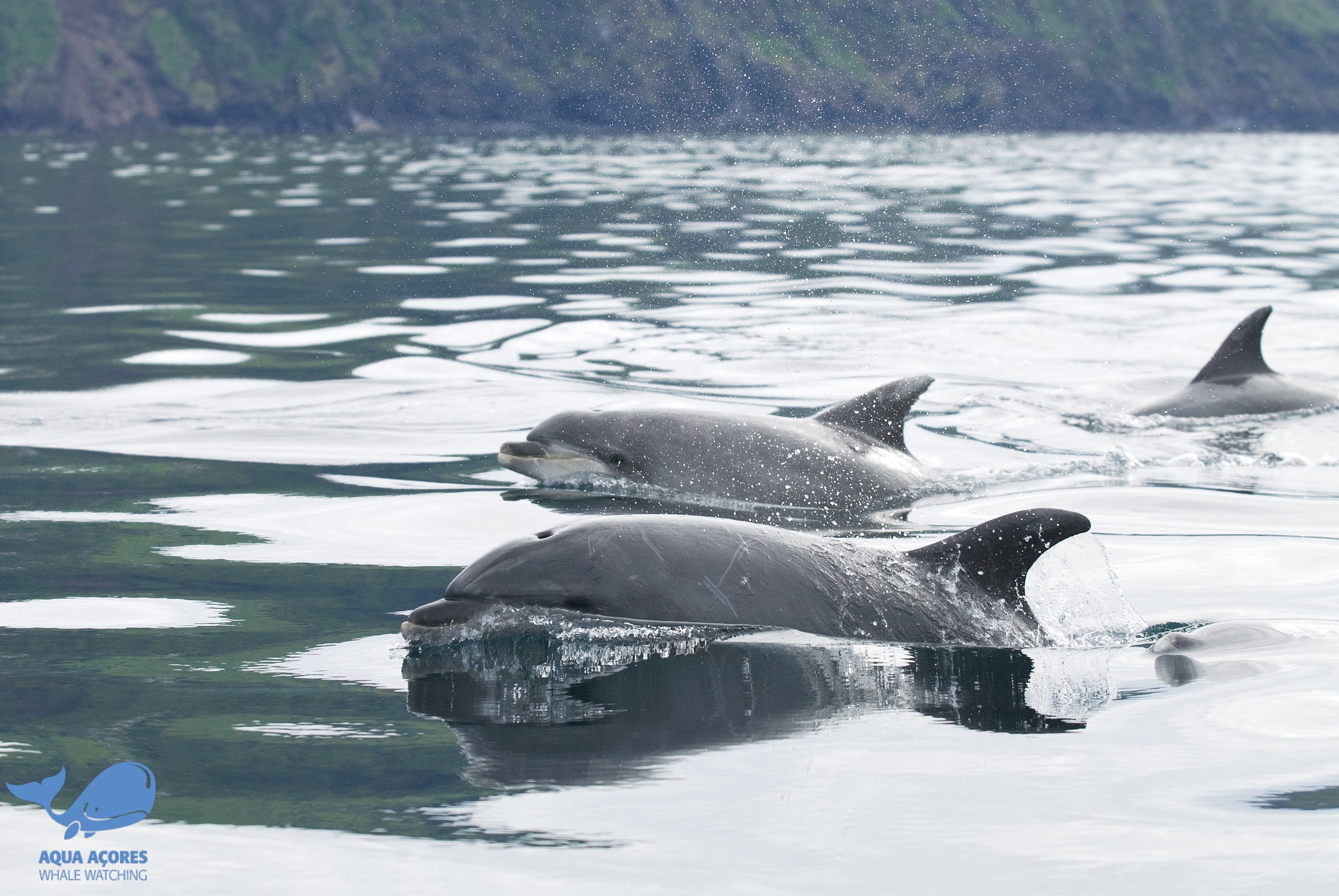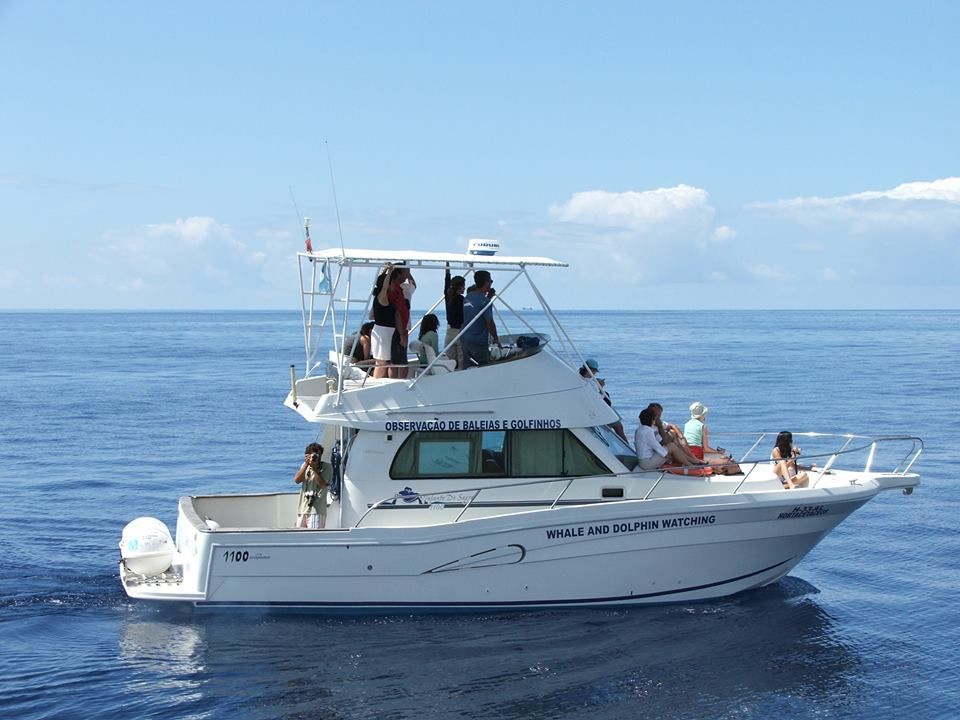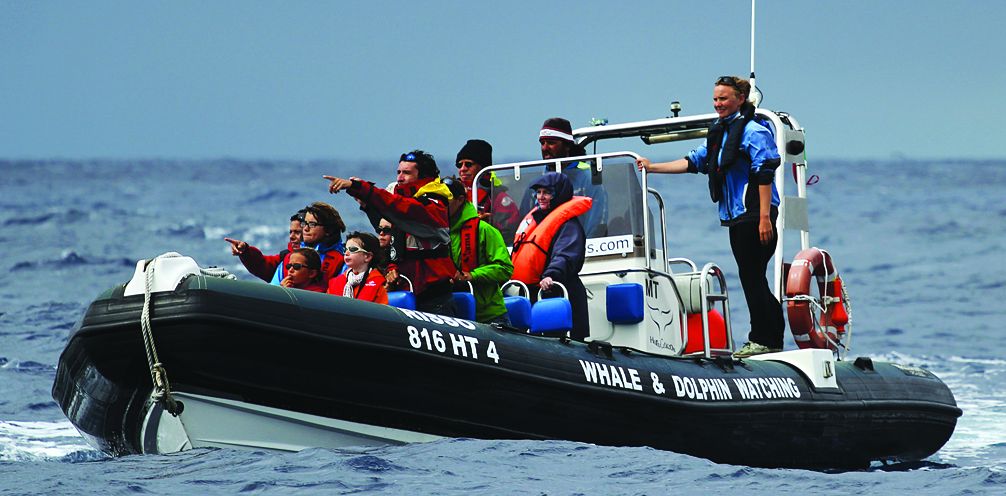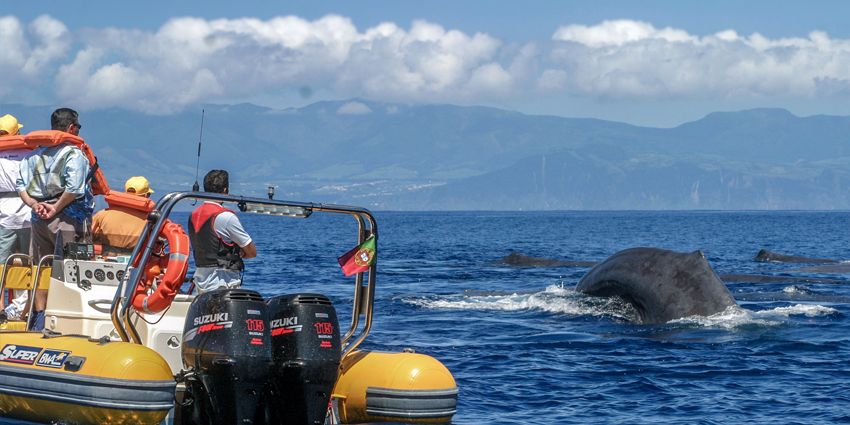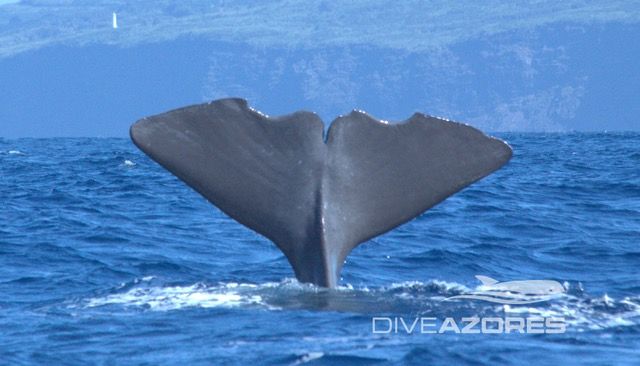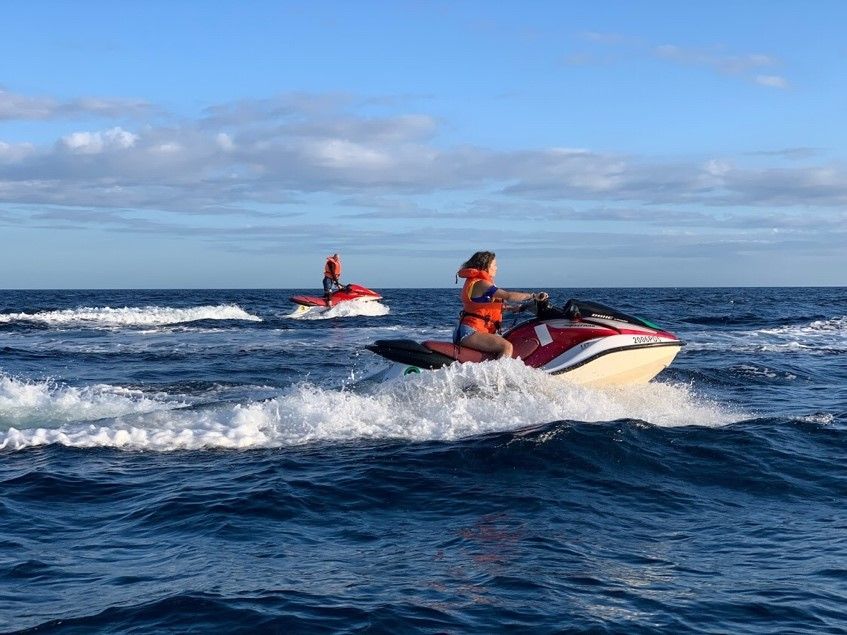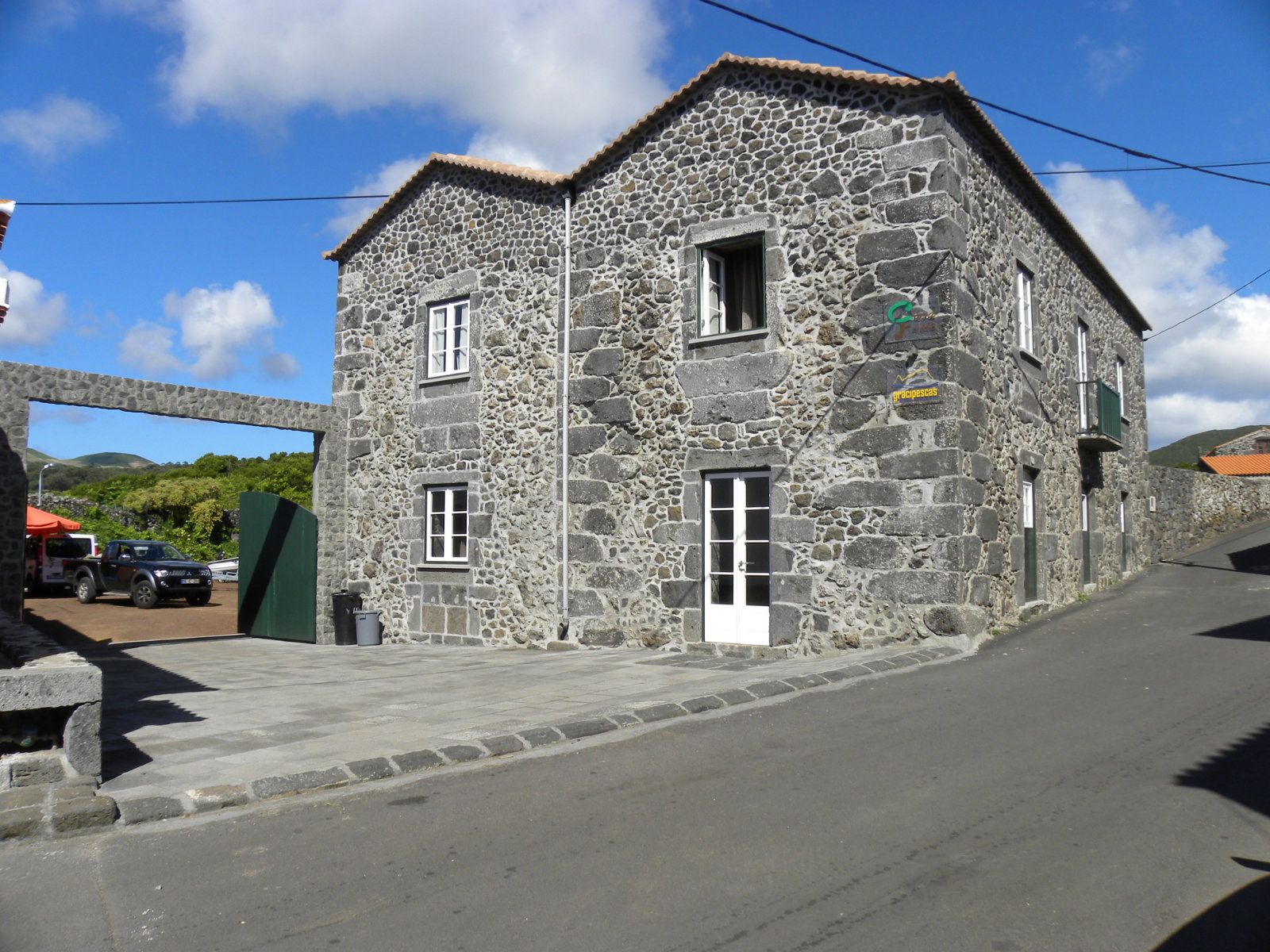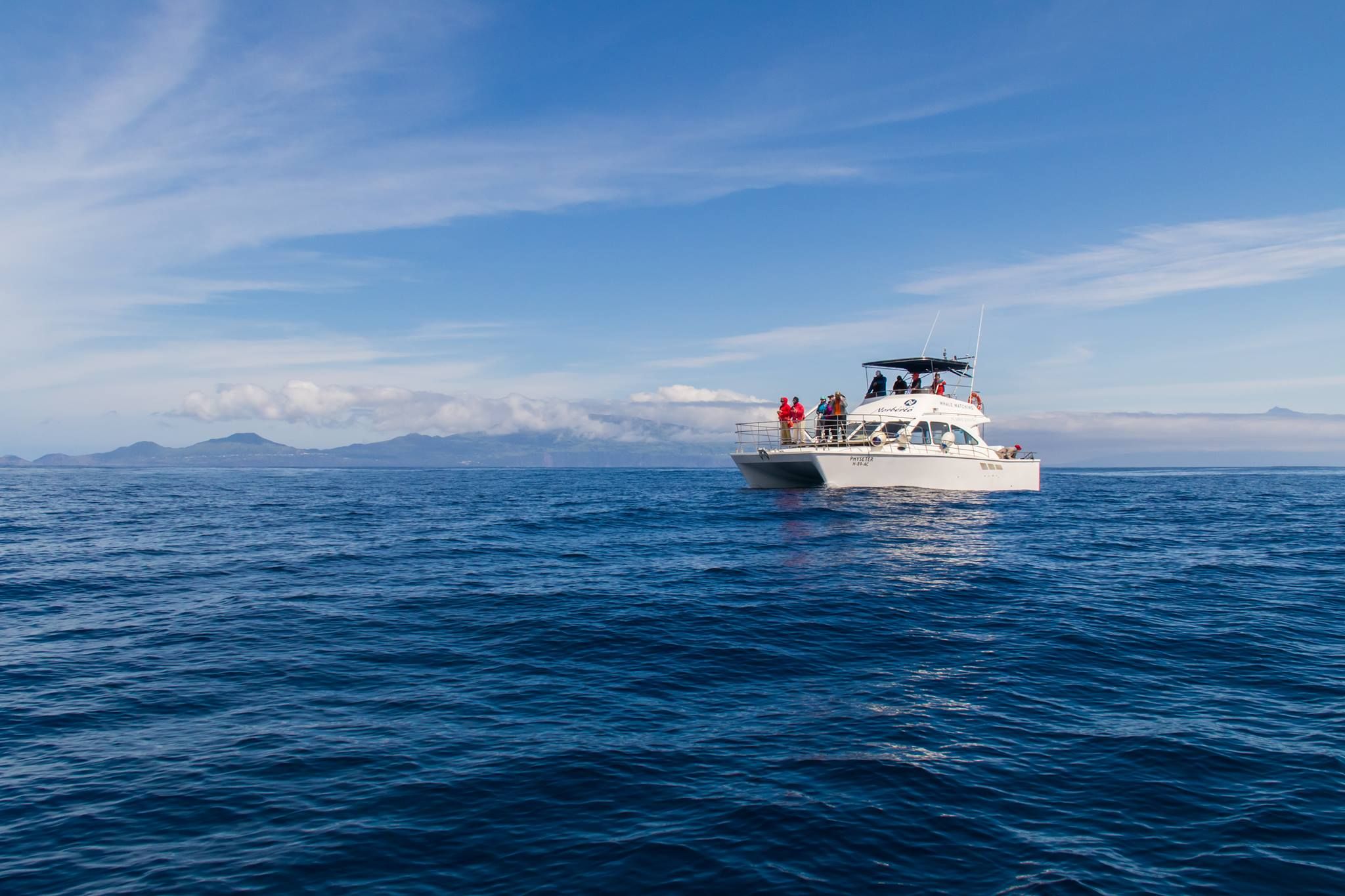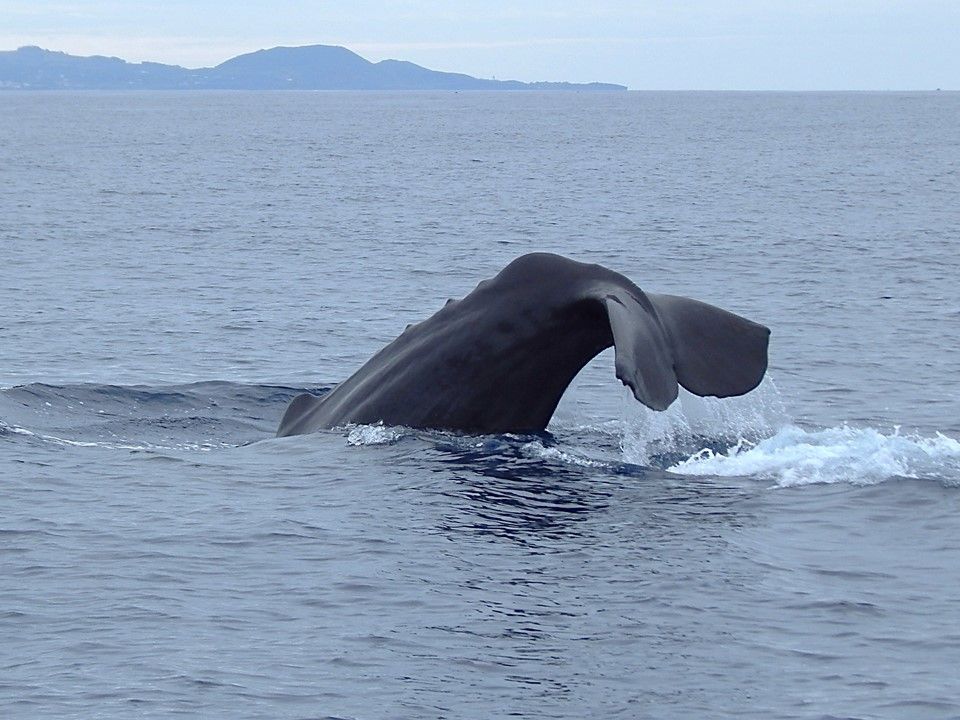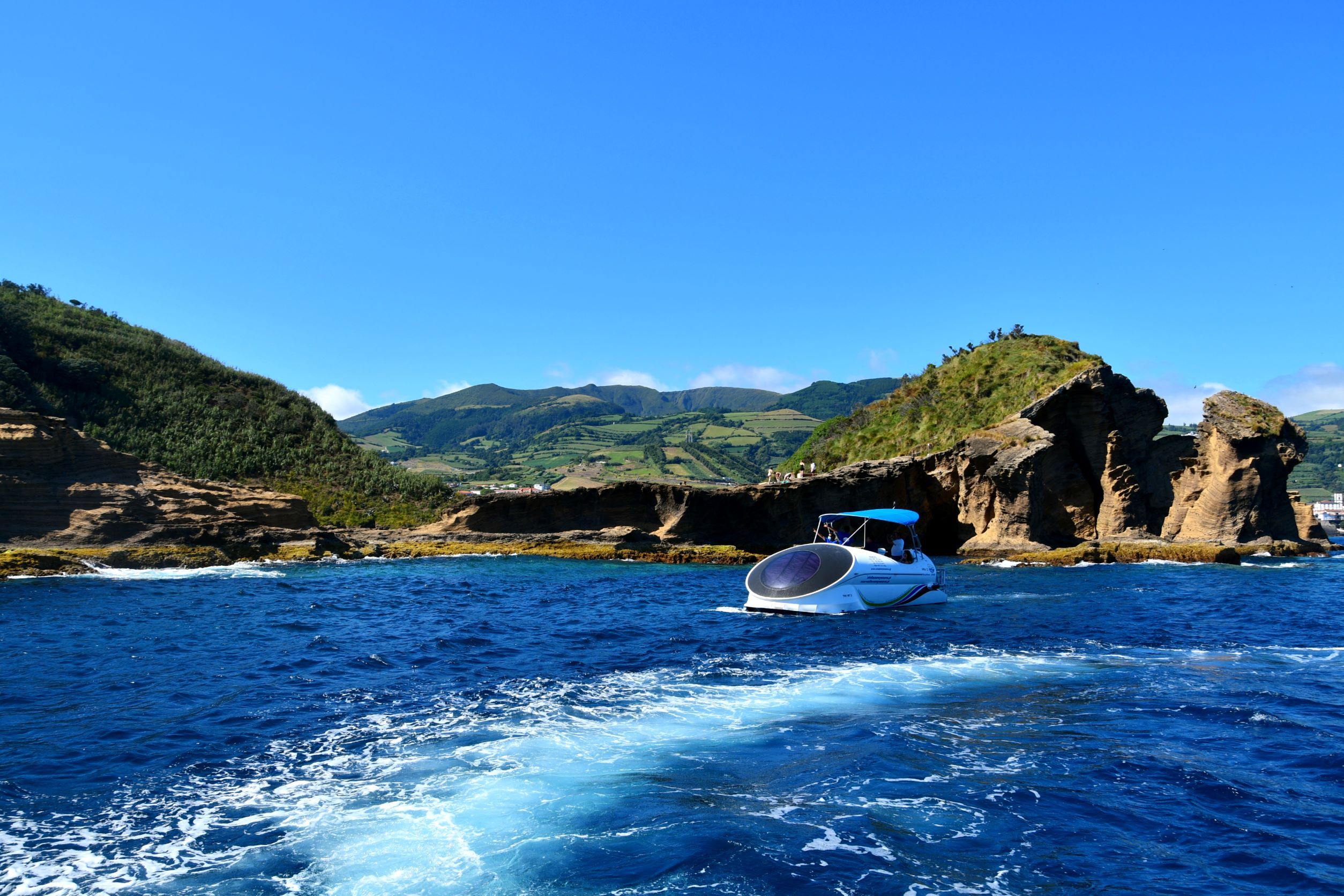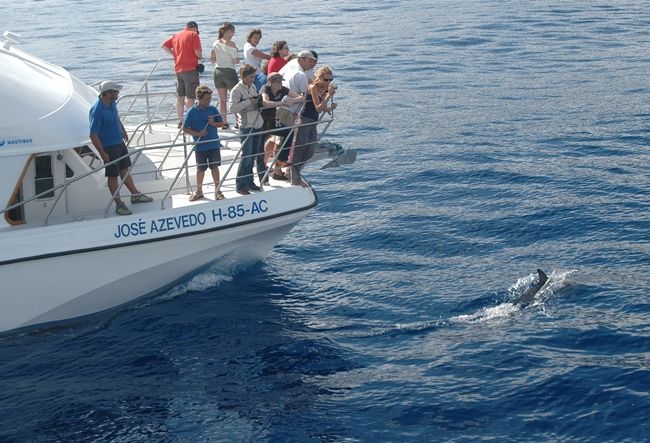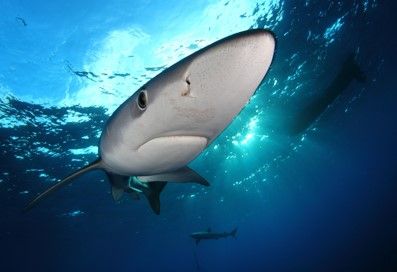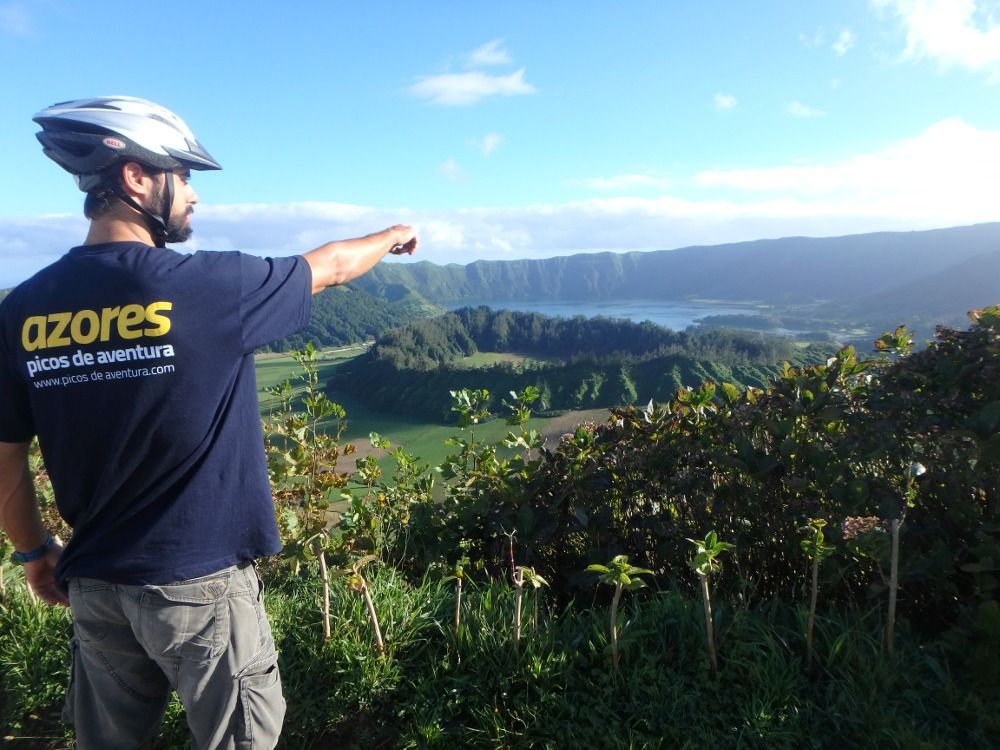
ADMIRING THE BIODIVERSITY IS EXTRAORDINARY BY NATURE

The Azores are currently one of the world’s largest whale sanctuaries. Among resident and migrant species, common or rare, more than 20 different types of cetaceans can be spotted in the Azores.
A NATURALLY PROTECTED HABITAT

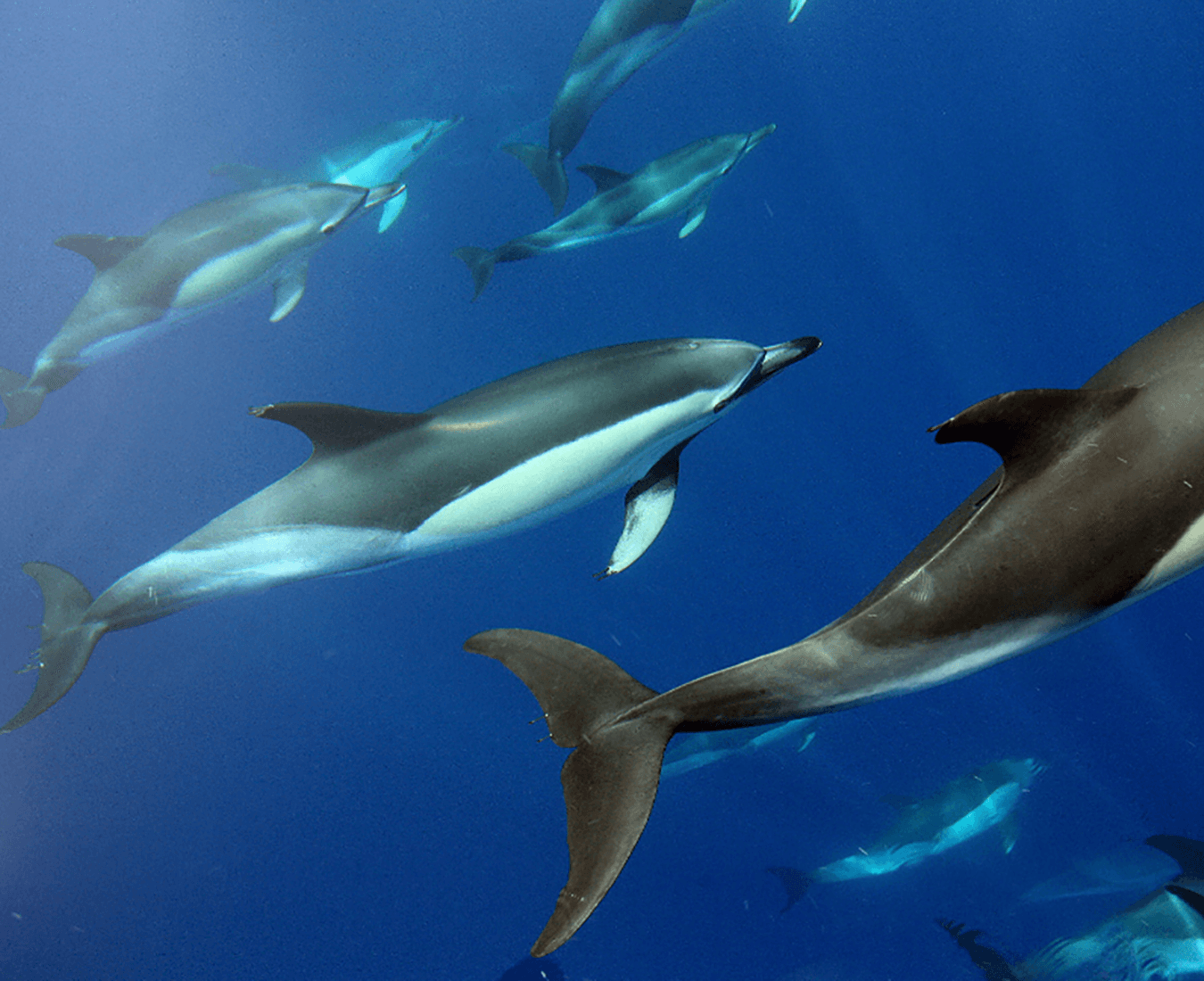

The Azores are one of the biggest whale sanctuaries in the world.
It is an impressive figure and it corresponds to a third of the total number of existing species. This is an an ecosystem with unique characteristics. With majestic whales and friendly dolphins, the blue Atlantic Ocean becomes even more magic around these nine islands. And it brings to the present, when preservation is the keyword, an old cry: “How she blows!”
Useful Information
- BEST TIME OF THE YEAR
- RECOMMENDED AGE
- WHAT TO TAKE WITH YOU
- WERE THERE NO SIGHTINGS?
- ALTERNATIVES TO A TRIP TO THE SEA
- SAFETY













